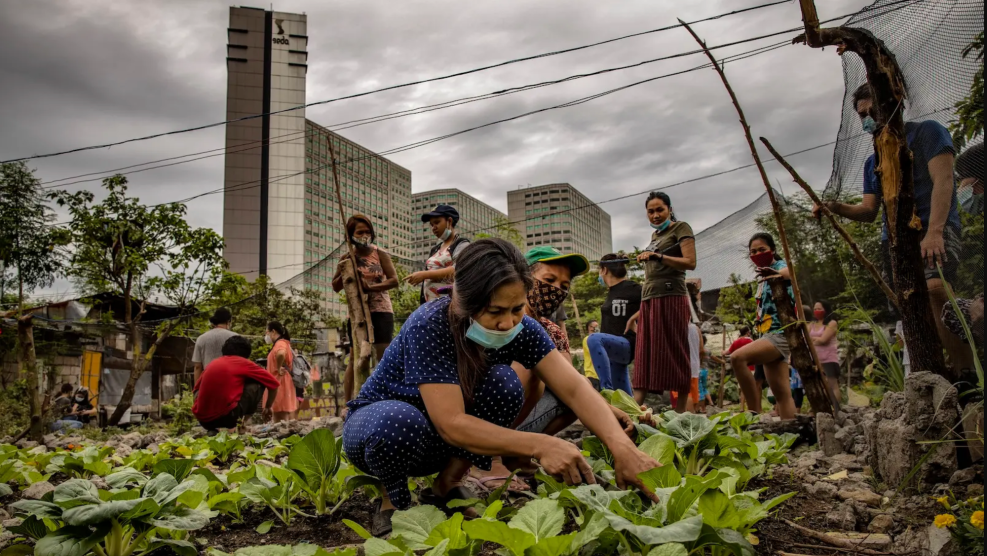Diplomats and journalists were outraged when the supreme leader of Afghanistan’s Taliban, Mullah Mohammed Omar, ordered ancient statues, including two giant Buddhas each over 1,000 years old, destroyed as supposed violations of Islamic law. “They have gone completely mad, I think,” said Afghan historian Nancy Dupree. Mad or not, two weeks of international hand-wringing ended Mar. 12 when Qatari television broadcast the explosion of the colossal statues in Bamiyan.
There oughta be a law against this sort of thing, asserts UNESCO Director General Koichiro Matsuura. “We did everything possible to prevent this happening but we have failed miserably,” he told representatives of Islamic nations. “One of the things we should look into in the future is how to set up a new legal framework with credible punishment for … crimes against culture.”
Matsuura’s logic is compelling, yet amusingly double-edged. On the one hand, the Taliban’s recent outrage not only robbed Afghans of their cultural heritage; it destroyed relics that are so precious that they transcend national borders. At least they do for me: I was planning to visit Afghanistan this August, and the Bamiyan statues were on my to-do list. But what’s the point of going to a country at war with its own history?
On the other hand, we Westerners suffer from serious hypocrisy when we condemn the Afghan government. After all, we’ve destroyed countless irreplaceable historical monuments and artefacts here in our own country. But who’s going to impose sanctions on the US when we blow up historic buildings, demolish whole neighborhoods, and obliterate the sacred relics of earlier civilizations?
What Sharia, or Islamic law, is to the Taliban, quarterly profits are to us. Whether we’re considering trashing ancient Hopi burial grounds for a coal mine in New Mexico or forcibly relocating thousands of Navajos in Arizona to get at the coal beneath them, the American government is generally willing to put corporate greed ahead of cultural patrimony.
The demolition of the old Pennsylvania railroad station to make way for Madison Square Garden so outraged New Yorkers that it sparked the creation of landmark preservation laws. Angelenos still mourn the demise of LA’s legendary streetcar system, murdered by big oil to make that city dependent on automobiles. Countless vibrant inner-city neighborhoods fell to wrecking balls during the ’50s and ’60s, replaced by freeways and housing projects and office towers.
As I write this, activists are fighting battles to prevent the demolition of such disparate landmarks as San Francisco’s art deco Jewish Community Center and Boulder, Colorado’s Grandview Terrace neighborhood, known for homes in the arts-and-crafts style of the 1930s. Americans are destroying their history every day of every year, and a lot of that history is stuff that people from other countries would love to check out when they visit. Making outlaw regimes like Afghanistan’s Taliban accountable to international law for destroying their history means exposing our culture of demolition — what else can you call a country that blows up sporting arenas from the ’70s? — to the same kind of scrutiny.
Sorry, property-rights fans; owning land shouldn’t give you the right to screw it up with a mine or an ugly building or a decision to trash the cool things that were sitting there before you bought it. The construction industry relies on our fetish for the new at the expense of the old; a respect for history could put a dent in economic growth. Other countries could impugn our sovereignty by designating something we Americans don’t particularly care about as worthy of international protection. Codifying real respect for history would require untold sacrifices of money, energy and convenience.
Personally, I don’t have a problem with that.
















